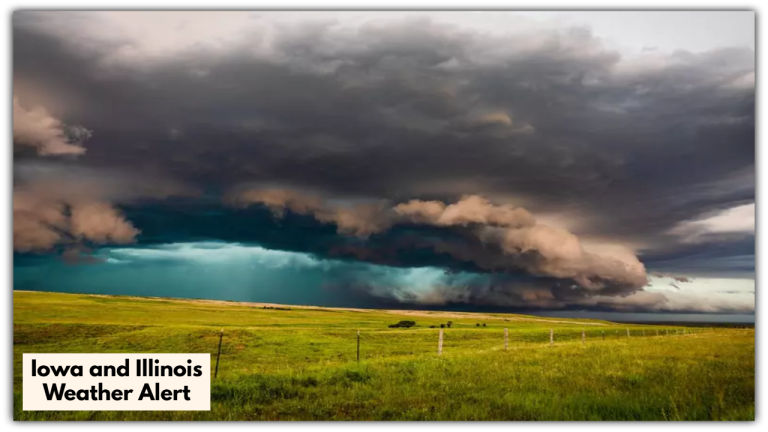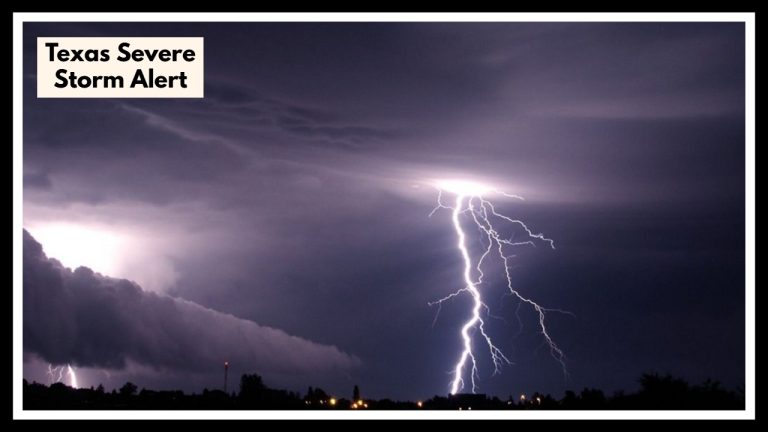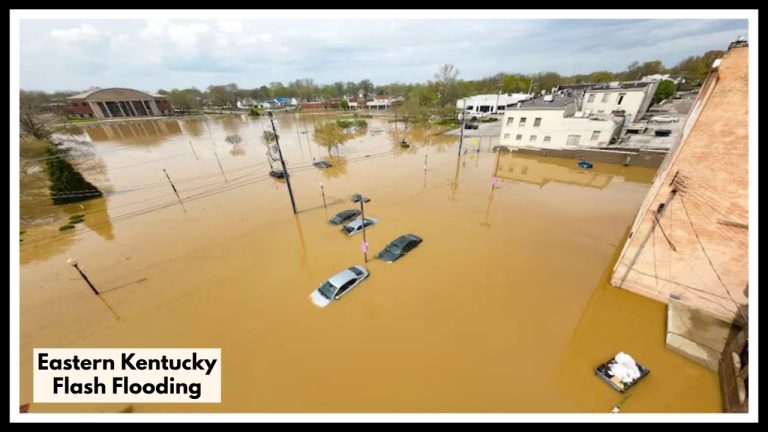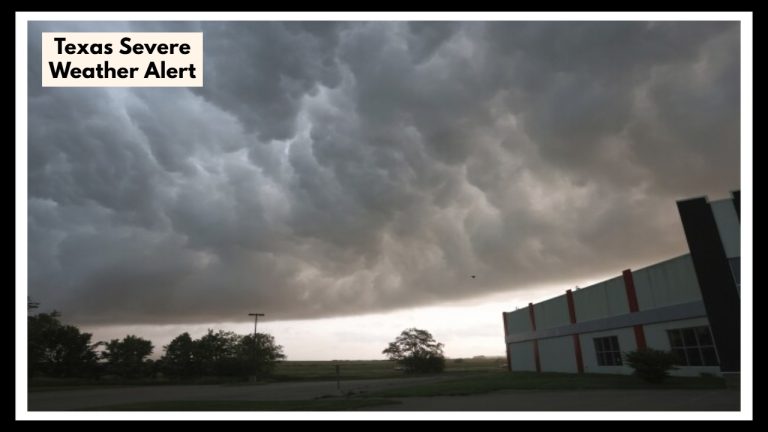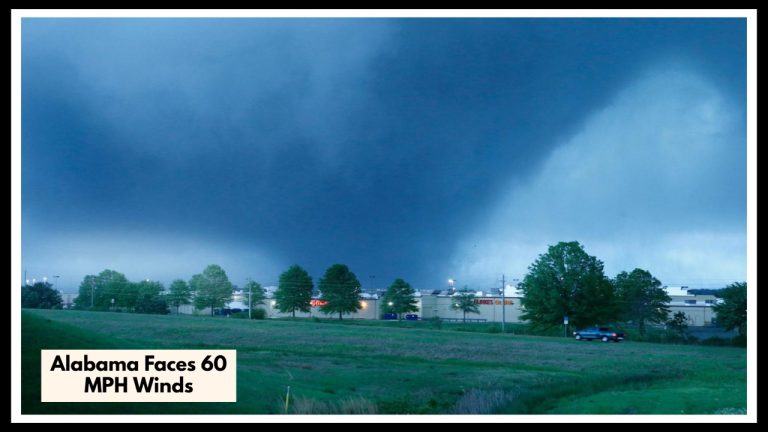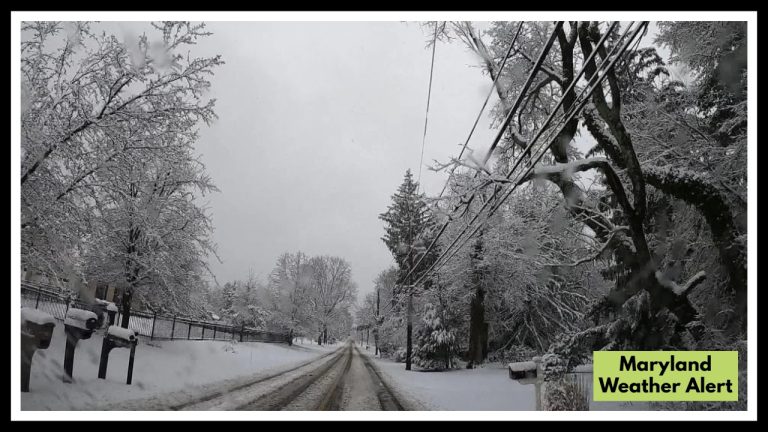Weather Alert: Why This Weekend in Iowa and Illinois Will Be Anything but Sunny
If you’re spending the weekend in eastern Iowa or northwestern Illinois, the Iowa-Illinois Weather Update brings a heads-up: you’ll likely be dodging raindrops. A slow-moving weather system is working its way east, bringing scattered showers across the region. While we’re not looking at severe storms, the persistent rain and cloud cover could put a damper…

